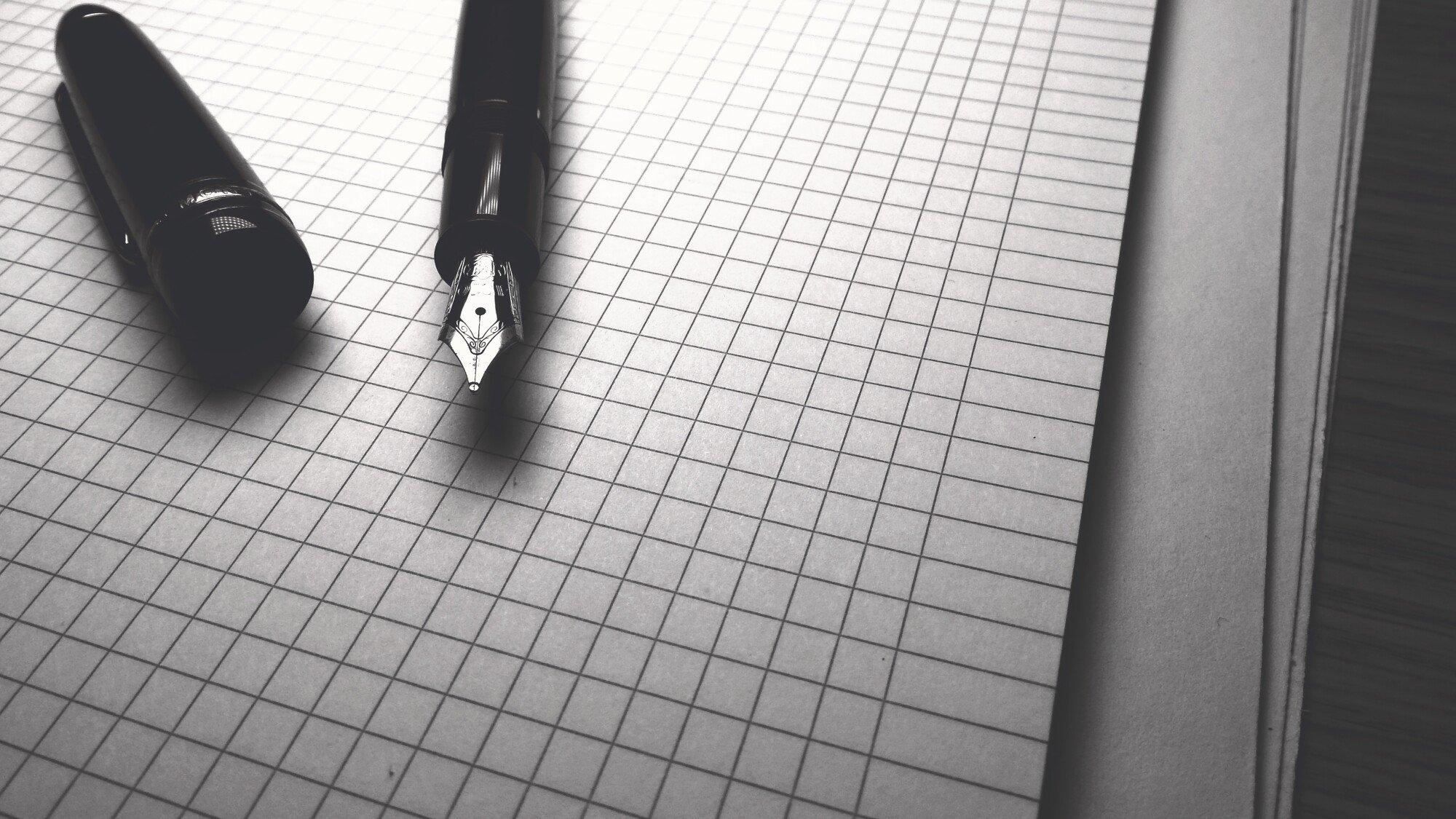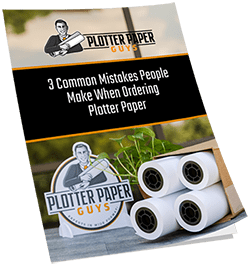The paper weight you choose for a project makes a big difference in your presentation. In many instances, the choice comes down to two popular bond paper weights: 20 lb. vs. 24 lb. paper. When it comes to making the final decision, it’s all about form and content. The better the form, the more weight given to the content.
In the business world, we use text or bond paper of various weights. Bond paper got its name in the late 1800s when the US government printed US Bonds on 20lb sheets of paper. Since it was the most common application for the type of paper, many referred to it as bond paper, and the name has stuck ever since then. Bond paper features many qualities that distinguish it from typical paper. For one, it’s much more durable than typical paper, making it better for rough handling and filing—which makes it a popular choice for documents, letterheads, and the like. It also features a crisp, clear surface for printing and writing while also absorbing ink well to prevent bleeding.
Another characteristic of bond paper is it’s available in many different weights and finishes, with the most common being 20 and 24 lb. Bond paper weights. Each weight has its advantages and drawbacks, but when it comes to your project, which is the ideal paper weight? Should you use 20 lb. bond paper for everything since it is inexpensive? Or is 24 lb. paper better? Understanding the subtle differences between these two common bond paper weights can be difficult for those who are unfamiliar. If you want to understand what sets these bond paper weights apart, you’ve come to the right place. Read on to find out more about paper weight and what you need to know about 20 vs. 24 lb. paper.
Paper Weight: The Five Most Common
While 20 lb. and 24 lb. are the most common paper weights, they’re far from the only options worth considering. If you thought you had to choose between just two weights, think again! There are three other common bond paper weights that are worth considering for your project that each offer distinct advantages and drawbacks.
In the wide-format world, the following are the most common paper weights: 20 lb., 24 lb., 28 lb., 36 lb., and 46 lb. To group them into one category, industry professionals and customers typically refer to them as copy paper or bond paper.
Out of this list, the thickest paper type is 46 lb. paper. Since the paper is so thick, it’s ideal for items and materials that need to stand out from typical paper and withstand plenty of use, such as brochures, menus, and posters. While it’s a thicker material, 46 lb. paper feels quite stiff and is a common option for business-related paper projects that call for durability and longevity.
How Paper Weight Gets Determined
The different paper numbers do indeed refer to the weight of the paper. The higher the number, the thicker the paper is, the heavier it is.
Determining the weight of paper size involves measuring 500 sheets of paper in its original size of 17×22. So, for example, 500 sheets of 20 lb. 17×22 paper weigh exactly 20 lbs.
Sometimes you may see 60 lb. paper, but it feels and weighs the same as 20 lb. paper. How is this possible? This is due to 60 lb. paper and 20 lb. paper being measured from different cuts. 20 lb. paper is weighed as a smaller sheet, at 17×22 inches, while the 60 lb. paper is measured as a larger uncut sheet, at 25×38 inches. It can be confusing for those new to it, so always double-check the size of the paper to ensure you’re getting the right bond paper for your project.
LB vs. MIL vs. GSM and Roll Paper
You might also see paper weight designated using the metric system, measured in grams per square meter. 20 lb. to 24 lb. paper translates to about 75 and 89 gsm. If you find such labels for bond paper, know that they’re the same as 20 and 24 lb. paper.
You may also notice the paper thickness given in mils. A mil is 1/1000th of an inch. It’s important not to confuse this term with millimeters, as it’s a completely different measuring system.
Another term to keep in mind when shopping for paper is roll paper. Plotters and other commercial printers tend to print from roll paper. Since they purchase this paper in bulk via large rolls, they’re known as roll paper in the industry.
Which to Use? 20lb vs. 24lb?
Now that we understand more about each paper type, which is best for your project? In general, the ideal choice will depend on their application. If you’re printing simple and functional documents, like memos and office papers, that are not meant for presentation, you can save your money and use 20 lb paper. This is also a great choice for check plots.
The best uses for 24 lb. paper are for presentations and reports, and formal documents, such as blueprints. 24 lb. bond paper looks more impressive, feels stronger, and is a little more tear-resistant than the 20lb.
When printing on both sides of the paper, it’s also best to choose 24 lb. due to its thickness helping to prevent bleed-through. 20 lb. paper is not likely to have the thickness for crisp and clean printing on both sides for your project.
So, why not use 36 lb paper when the presentation needs to be the best possible? This becomes a matter of preference. 36 lb. paper feels stiffer and more substantial to the touch, and the eye as well. For most printing of importance, however, 24 lb bond paper presents perfectly well, and is more affordable.
More to Paper Than Meets the Eye
Details matter. Choosing 24 lb. paper weight over 20 lb. paper for an important report puts your work forward on the right foot. When dealing with information, all those considerations matter. The marginal extra cost of 24 lb. paper will help give your important work the gravity you desire.
Paper quality differs too. You want the right paper weight and great quality paper. If you buy from the best, you will never be disappointed. Order today from Plotter Paper Guys, and receive the right paper the first time. Need custom-sized paper? We do that, too!




